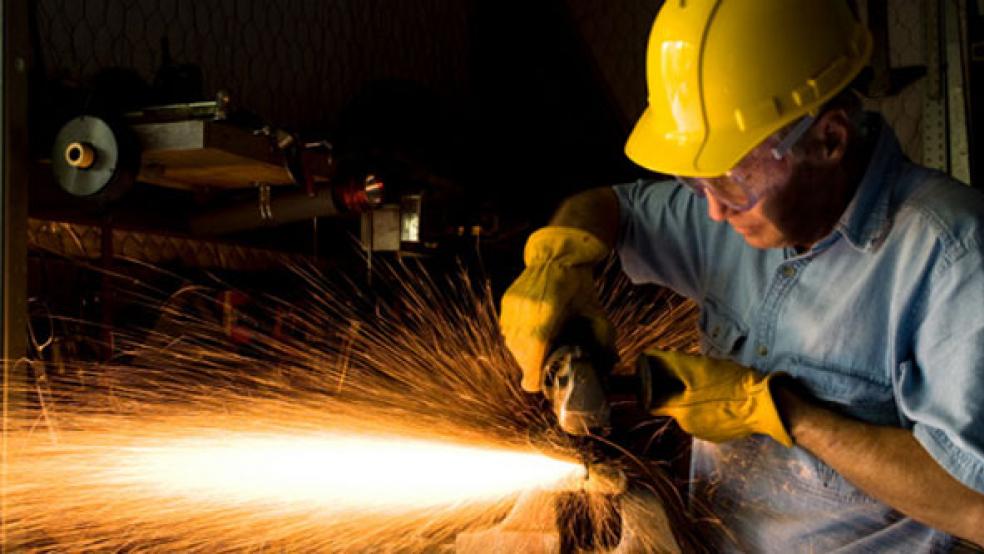President Biden on Wednesday highlighted his “Investing in America” economic strategy in a visit to the site of a Microsoft data center being constructed in Racine, Wisconsin — the same place where former President Donald Trump in 2018 hailed the development of a $10 billion high-tech Foxconn plant that never came to fruition.
Microsoft, which purchased the lightly used site for $50 million in 2023, said it plans to spend $3.3 billion by the end of 2026 to build a facility to support artificial intelligence. According to the White House, the project will provide 2,300 construction jobs and 2,000 permanent jobs once the project is complete.
“President Biden’s Investing in America agenda is growing the economy from the middle-out and bottom-up, giving Americans more breathing room, and unleashing hundreds of billions of dollars of private sector investment in industries of the future, including AI, clean energy, semiconductors, and more,” the White House said in a statement.
Microsoft President Brad Smith credited the Biden administration’s policies on infrastructure, high-tech manufacturing and climate change for laying the groundwork for investments like the one announced Wednesday. The tech giant will work with a local technical college to train people for the data center and business leaders to work in the rapidly developing field of artificial intelligence. “We will train over 100,000 people in Wisconsin by the end of the decade so they have the AI skills to fill the jobs of tomorrow,” Smith said.
Biden was happy to take credit as he took aim at the “trickle-down” policies of the Trump administration, which he said failed to revive manufacturing in the U.S. “Folks, during the previous administration, my predecessor made promises, which he broke more than kept, left a lot of people behind in communities like Racine,” Biden said. “Foxconn turned out to be just that - a con,” he added. “They dug a hole with those golden shovels, and then they fell into it.”
The future of Biden’s policies: Biden has approved more than $1.6 trillion in spending to boost computer chip manufacturing, infrastructure repair and clean energy production in the U.S. But most of that funding has yet to be disbursed, raising questions about the future of Biden’s effort if Republicans expand their power in the fall election.
According to Politico’s Jessie Blaeser and Kelsey Tamborrino, the federal government has committed to spend about 17% of the money provided by Biden’s four major bills, including the CHIPS and Science Act and the Inflation Reduction Act, for a total of roughly $300 billion. Actual spending has been lower, in a range between $125 billion and $186 billion.
One reason spending is far below the appropriated levels is that it takes time to select recipients of targeted loans and grants, and then more time to negotiate terms, Blaeser and Tamborrino say. “For instance, states that want federal funding for electric vehicle chargers must first compile plans for using the money. For large-scale infrastructure projects, recipients typically have to do the work before Washington reimburses them. That lengthy process can take years,” they write.
Politically, that could be a problem for Biden. With most of the funds still unspent, fewer people have seen the beneficial effects of the spending than otherwise would be the case, limiting the potential pollical boost among voters at the ballot box. And a Trump victory in November could mean that much of the planned spending gets reduced or even canceled, effectively ending Biden’s grand experiment in industrial policy for the 21st century.
Budget
Biden Touts Economic Policies — and Tweaks a Noted Trump Failure

iStockphoto



